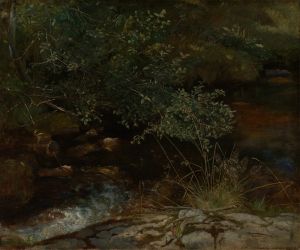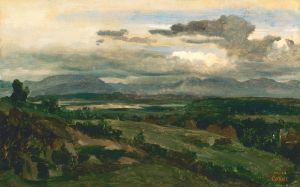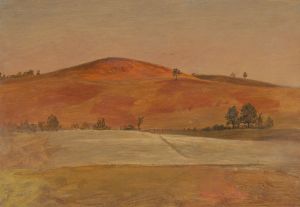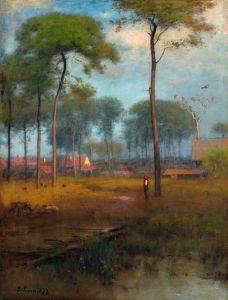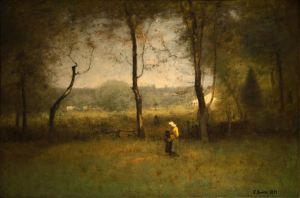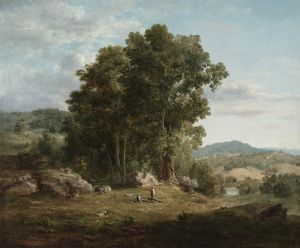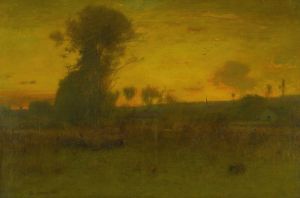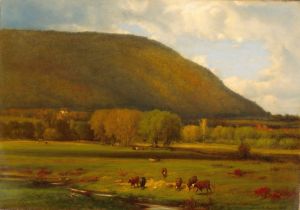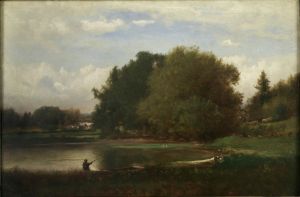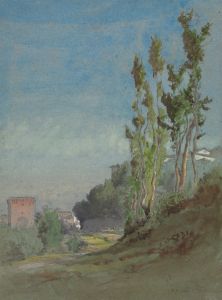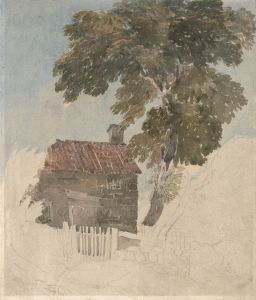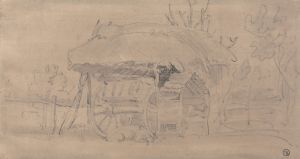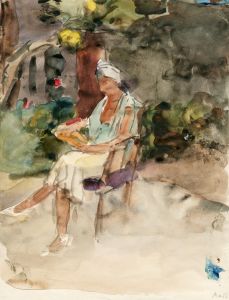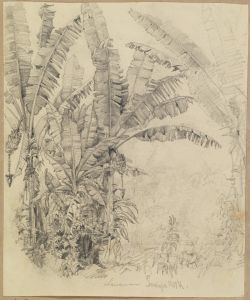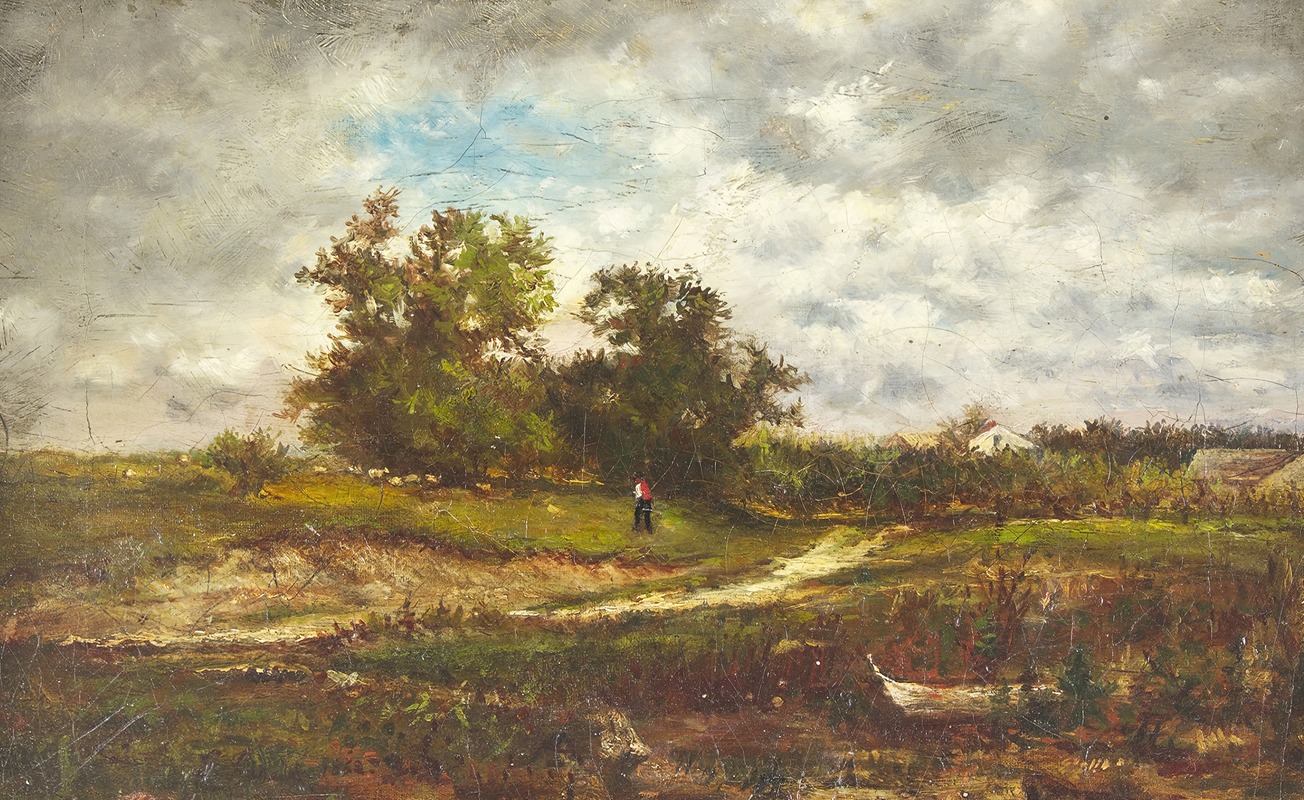
Upland Pasture
A hand-painted replica of George Inness’s masterpiece Upland Pasture, meticulously crafted by professional artists to capture the true essence of the original. Each piece is created with museum-quality canvas and rare mineral pigments, carefully painted by experienced artists with delicate brushstrokes and rich, layered colors to perfectly recreate the texture of the original artwork. Unlike machine-printed reproductions, this hand-painted version brings the painting to life, infused with the artist’s emotions and skill in every stroke. Whether for personal collection or home decoration, it instantly elevates the artistic atmosphere of any space.
"Upland Pasture" is a painting by the American artist George Inness, who is widely regarded as one of the most influential landscape painters of the 19th century. Born in 1825, Inness became a prominent figure in the Hudson River School, a mid-19th century American art movement embodied by a group of landscape painters whose aesthetic vision was influenced by romanticism. However, Inness's style evolved significantly over his career, and he is often associated with the Tonalist movement, which emphasized mood and atmosphere over detailed representation.
"Upland Pasture" exemplifies Inness's mature style, characterized by a softer, more diffused treatment of light and color. This painting captures a serene pastoral scene, likely inspired by the rural landscapes of New York or New Jersey, where Inness spent much of his life. The composition features a gently rolling landscape with grazing cattle, framed by trees and under a sky that suggests either early morning or late afternoon light. The use of warm, earthy tones and the subtle gradations of light create a tranquil and harmonious atmosphere, inviting viewers to contemplate the beauty and serenity of the natural world.
Inness was deeply influenced by the philosophical and spiritual ideas of Emanuel Swedenborg, a Swedish scientist, philosopher, and theologian. Swedenborg's writings emphasized the presence of the divine in the natural world, a concept that resonated with Inness and is often reflected in his work. "Upland Pasture" can be seen as an expression of this belief, with its serene and harmonious depiction of nature suggesting a sense of the divine order and peace.
Throughout his career, Inness sought to move beyond the precise, detailed realism of the Hudson River School, aiming instead to capture the emotional and spiritual essence of the landscape. His later works, including "Upland Pasture," are marked by a more impressionistic approach, with looser brushwork and a focus on the overall mood rather than minute details. This shift in style was influenced by his travels to Europe, where he was exposed to the Barbizon School and other contemporary movements that emphasized a more subjective and expressive approach to landscape painting.
"Upland Pasture" is a testament to Inness's mastery of color and light, as well as his ability to convey a deep sense of tranquility and reverence for nature. The painting is celebrated for its ability to evoke a contemplative mood, inviting viewers to pause and reflect on the beauty and serenity of the natural world. Today, George Inness is remembered as one of America's greatest landscape painters, and "Upland Pasture" remains a significant example of his mature work, illustrating his unique ability to blend technical skill with profound emotional and spiritual depth.





